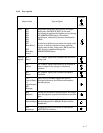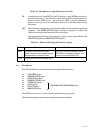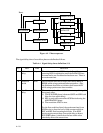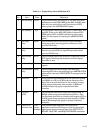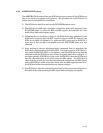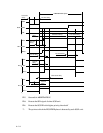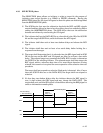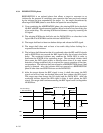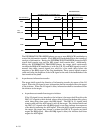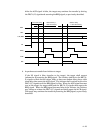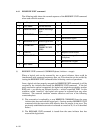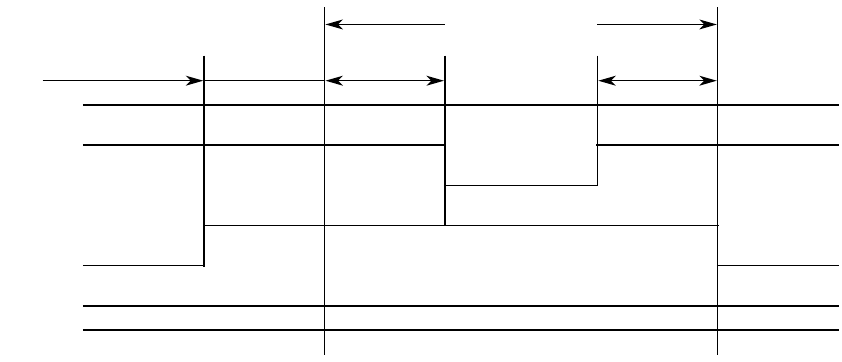
4.3.3 SELECTION phase
The SELECTION phase allows an initiator to select a target for the purpose of
initiating some target function (e.g., READ or WRITE command). During the
SELECTION phase the I/O signal is negated so that this phase can be distinguished
from the RESELECTION phase.
— The SCSI device that won the arbitration has both the BSY and SEL signals
asserted and has delayed at least a bus clear delay plus a bus settle delay before
ending the ARBITRATION phase. The SCSI device that won the arbitration
becomes an initiator by not asserting the I/O signal.
“ The initiator shall set the DATA BUS to a value which is the OR of its SCSI ID
bit and the targetπs SCSI ID bit, and it shall assert the ATN signal.
” The initiator shall then wait at least two deskew delays and release the BSY
signal.
‘ The initiator shall then wait at least a bus settle delay before looking for a
response from the target.
’ The target shall determine that it is selected when the SEL signal and its SCSI
ID bit are true and the BSY and I/O signals are false for at least a bus settle
delay. The selected target may examine the DATA BUS in order to determine
the SCSI ID of the selecting initiator. The selected target shall then assert the
BSY signal within a selection abort time of its most recent detection of being
selected; this assertion is required for correct operation of the selection time>out
procedure.
The target shall not respond to a selection if bad parity is detected. Also, if more
than two SCSI ID bits are on the DATA BUS, the target shall not respond to
selection.
÷ No less than two deskew delays after the initiator detects the BSY signal is
true, it shall release the SEL signal and may change the DATA BUS. The
target shall wait until the SEL signal is false before asserting the REQ signal to
enter an information transfer phase.
deskew
delay ¥ 2
bus clear delay
+ bus settle delay
deskew
delay ¥ 2
SELECTION phase
I/O
BSY
SEL
DB
4 $ 15



